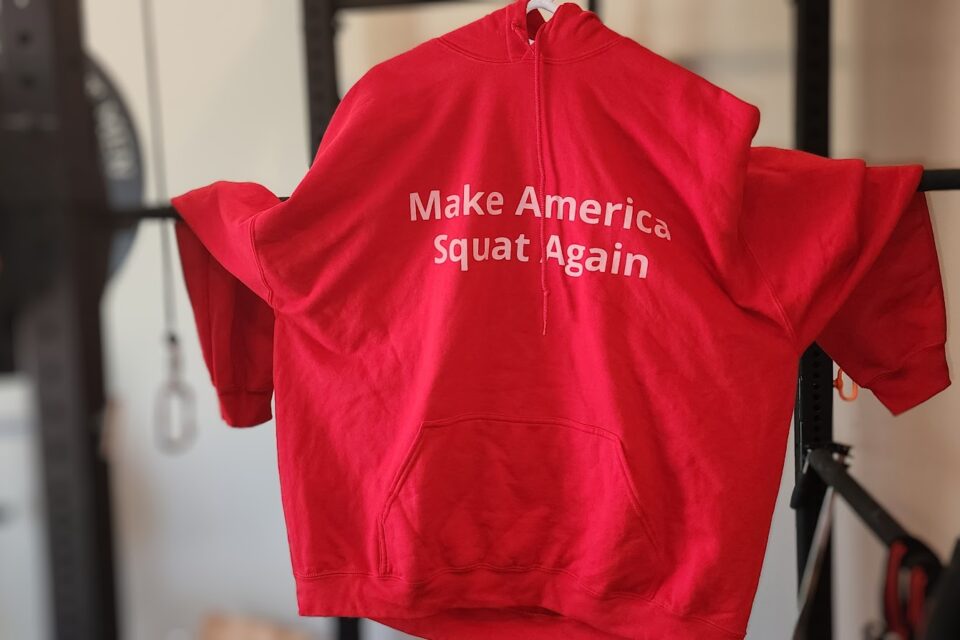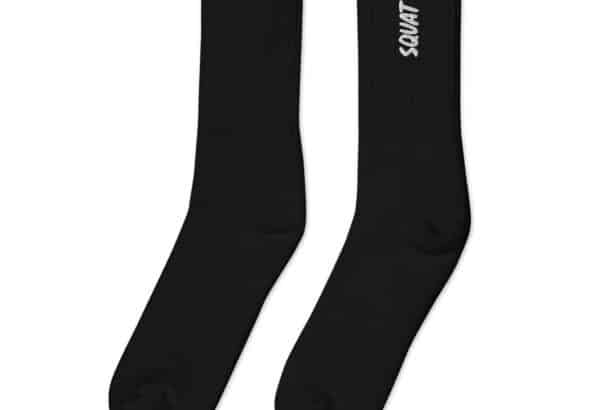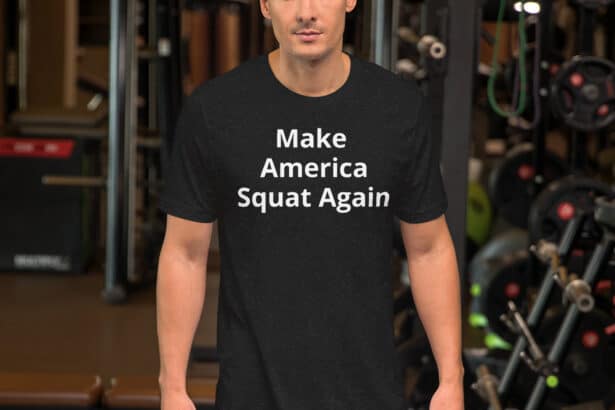Squat with dumbbells, goblet squats, pistol squats, and more!

Squatting is a fundamental human movement that is performed by almost everyone on a daily basis. Whether it’s getting up from a chair, picking up a heavy object, or simply bending down to tie your shoelaces, squats are an essential aspect of our physical activity. Despite its everyday prevalence, however, squatting is often performed incorrectly, which can lead to injury and decreased effectiveness. In this post, we will go over the proper squatting technique, the benefits of squatting, and some variations to help you get the most out of this exercise.
The proper squatting technique starts with your feet shoulder-width apart and your toes pointing slightly outward. Your feet should be firmly planted on the ground, and you should be able to balance your weight evenly between both feet. Next, bend your knees and lower your hips towards the ground, keeping your back straight and your chest lifted. Your knees should track over your toes, and your hips should descend below your knees. As you squat down, make sure to keep your weight centered over your feet, and avoid leaning too far forward or backward.
Once you reach the bottom of your squat, pause briefly, then push through your heels to return to the starting position. Repeat this movement for the desired number of repetitions. It’s important to keep your core engaged throughout the squat, as this will help you maintain proper form and prevent injury.
Squatting has a multitude of benefits, both physically and mentally. Physically, squats can improve your balance, stability, and coordination, as well as strengthen your legs, hips, and core. Squats are also a great way to increase your overall strength and power, as they work multiple muscle groups at once.
Mentally, squats can help boost your confidence and improve your mood. Squats require focus and concentration, and the feeling of accomplishment that comes with completing a set can be a huge boost to your mental well-being. Additionally, squats can help reduce stress and anxiety, as they increase the release of endorphins, which are the body’s natural mood-boosting chemicals.
There are many variations of squats that can be performed to target different muscle groups and achieve specific goals. Here are a few of the most common variations:
- Body-weight squats: These are the most basic type of squats, and are performed using only your body weight as resistance. They are a great starting point for beginners, and can be done anywhere, without the need for any equipment.
- Goblet squats: This variation involves holding a weight, such as a dumbbell or kettle bell, at chest height as you perform the squat. This variation places more emphasis on the legs and hips, and is great for building strength and stability.
- Barbell squats: This variation involves adding a barbell to the body-weight squat, which increases the resistance and makes the exercise more challenging. Barbell squats are a staple of strength training programs, and are often used to build muscle and increase power.
- Pistol squats: This is a single-leg squat variation that requires balance and coordination. To perform pistol squats, start by standing on one foot, then bend the opposite knee and lower your body towards the ground. This variation is challenging, but it can be a great way to target your legs and hips, as well as improve your balance and stability.
- Split squats: This variation involves standing with one foot in front of the other, and then performing a lunge-style squat. Split squats are a great way to target your legs and hips, and can help improve your overall balance and stability.
In conclusion, squats are a fundamental movement that can bring a multitude of benefits to your physical and mental well-being.

